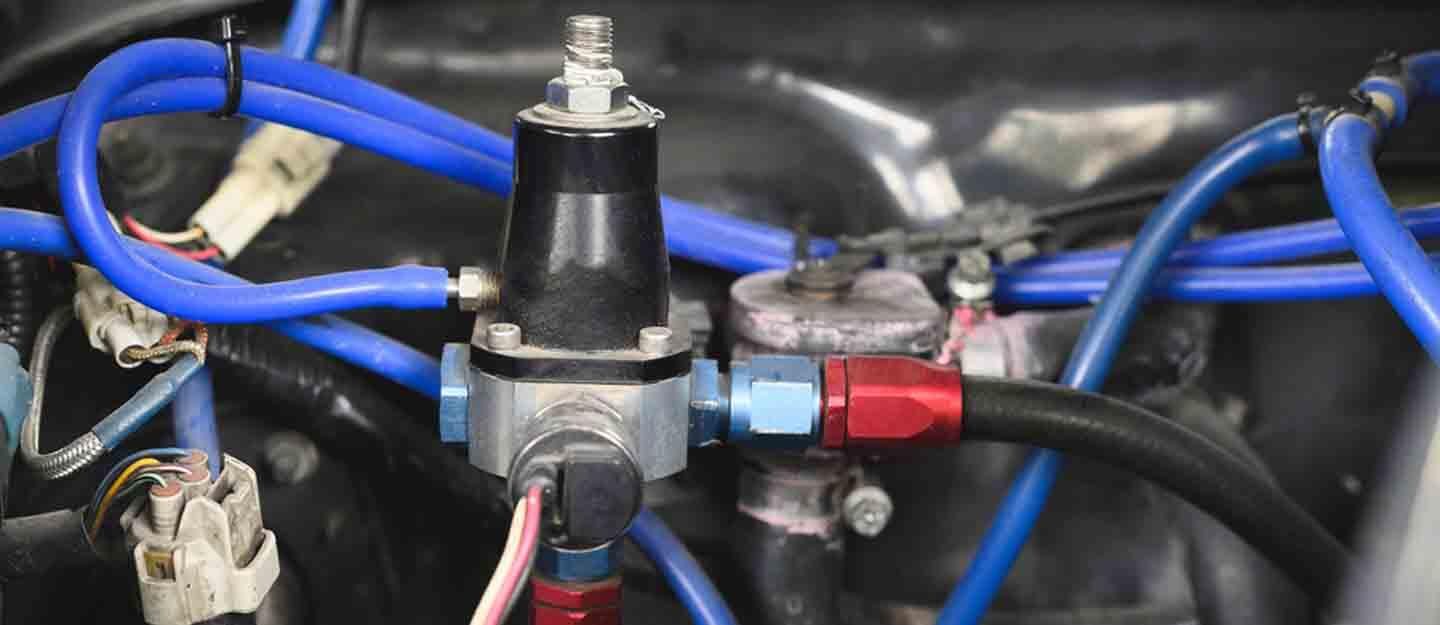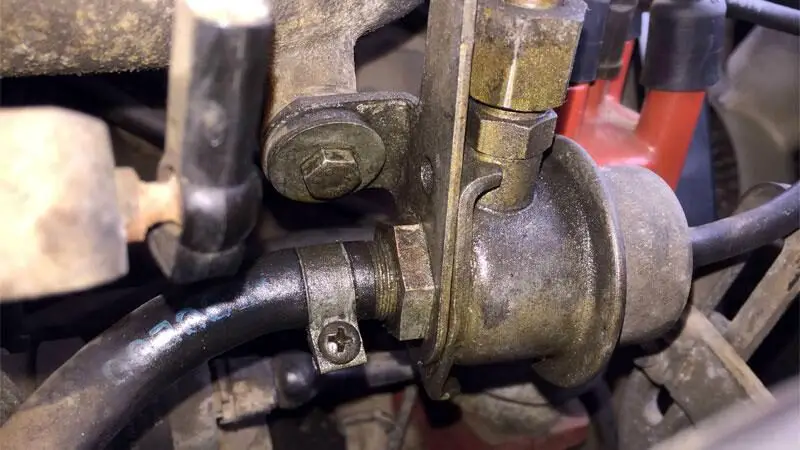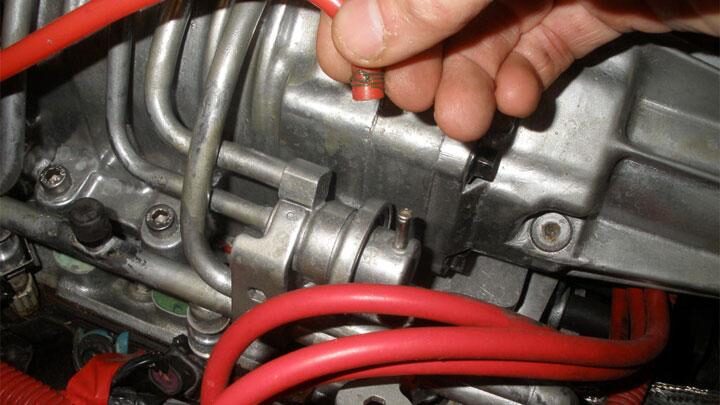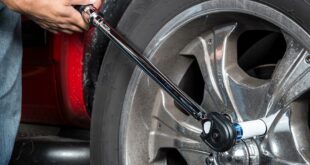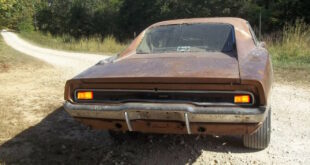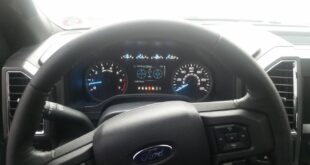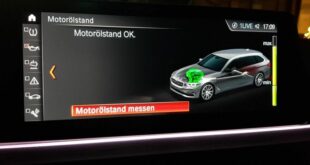Recently updated on April 4, 2023 at 11:04 am
The fuel pressure regulator plays an important role in the engine as it ensures that the correct fuel pressure is provided. However, on direct injection engines it can be expensive to repair the component as it is often permanently attached to the high pressure pump and therefore cannot be replaced separately. But what are the typical vulnerabilities, the necessary repairs and how high are the associated costs? The symptoms and signs of a faulty fuel pressure regulator or fuel pressure control valve are many. Possible indicators are an emergency running of the engine, in which the vehicle can only be driven to a limited extent, the engine does not start at all or the engine control lamp lights up. A lean mixture at high speeds or high loads can also be an indication of a defective fuel pressure regulator. Entries such as "Mixture too lean / too rich"Or"Fuel pressure too high / too low" on.
These causes are behind defective fuel pressure regulators/valves!
A fuel pressure regulator can leak, seize, or simply stick for a variety of reasons, such as a mechanical or electrical failure inside the component, a sticking solenoid valve, or a cracked, leaking diaphragm. If there is a suspicion of a defective fuel pressure regulator, a workshop should be visited to avoid consequential damage to the engine and the catalytic converter, otherwise the mixture could be too lean and the combustion temperatures too high.
also known as fuel pressure control valve, fuel pressure regulator, system pressure regulator
However, it is important to verify that the symptoms are not possibly caused by a defective fuel pump or high-pressure pump by measuring the fuel pressure at the pump and comparing it to the manufacturer's specifications. In any case, it is not advisable to continue driving for a long time if the fuel pressure regulator is defective. It can happen that the engine suddenly no longer starts and the car has to be towed to the workshop. If the check engine light is active, there is also a risk that the vehicle will fail the general inspection if it is due.
Repair options and repair costs at a glance
A fuel pressure regulator that has stopped working is usually not repairable and will require replacement with an equivalent part. Both new and used parts can be used. One regulator is typically installed per cylinder bank or per fuel rail. If there are multiple regulators, only the faulty part needs to be replaced. Since the exchange is usually relatively easy to carry out, it typically takes between 30 and 120 minutes. However, difficulties can arise from difficult-to-disconnect hoses or lines that may also need to be replaced.
Well-known / established manufacturers of spare parts are Bosch, VDO, Pierburg and others
Taking into account an hourly rate of around €120, this results in labor costs of between €60 and €240. In any case, it is important to ensure that the fuel system is absolutely leak-proof after the work has been completed. Unfortunately, the material costs vary depending on the type of engine considerable. While a fuel pressure control valve is available from as little as €20 on a port injection engine, the cost of a direct injection engine can quickly range from €400 to €2.000. This is because the sensor in the latter is often installed directly on the high-pressure pump and cannot be replaced individually.
The following note is essential: For safety reasons, tuningblog recommends all repair, inspection and maintenance work exclusively to be carried out in a specialist workshop! Although our information is summarized to the best of our knowledge and belief, we cannot assume any liability for the content. All information is therefore "without guarantee".
Of course, that wasn't the end of it!
In this tuningblog category there are guides and instructions for common defects/repairs on the vehicle and for installing accessories/tuning parts. Our articles explain in a simple way common defects and the corresponding repairs and they also explain how the first signs of a defect become noticeable. In most cases, we also have initial clues to the repair instructions in our repair instructions approximate costs listed.
The goal of ourAuto Repair Guide“ is to create a head start in knowledge for the next visit to the workshop with initial tips. This may save you from tedious troubleshooting and you may even be able to do small things yourself. The same applies, of course, to the installation of accessories/tuning parts. Here, too, we would like to help with the implementation with instructions and tips. There are many other posts on this as well. Below is an excerpt of the last and HERE there are all previous instructions.
other related posts
|
Why is the steering wheel crooked? That could be the reason! |
Correct procedure: How to avoid errors when checking the oil level! |
 tuningblog.eu Your magazine about tuning the car
tuningblog.eu Your magazine about tuning the car
